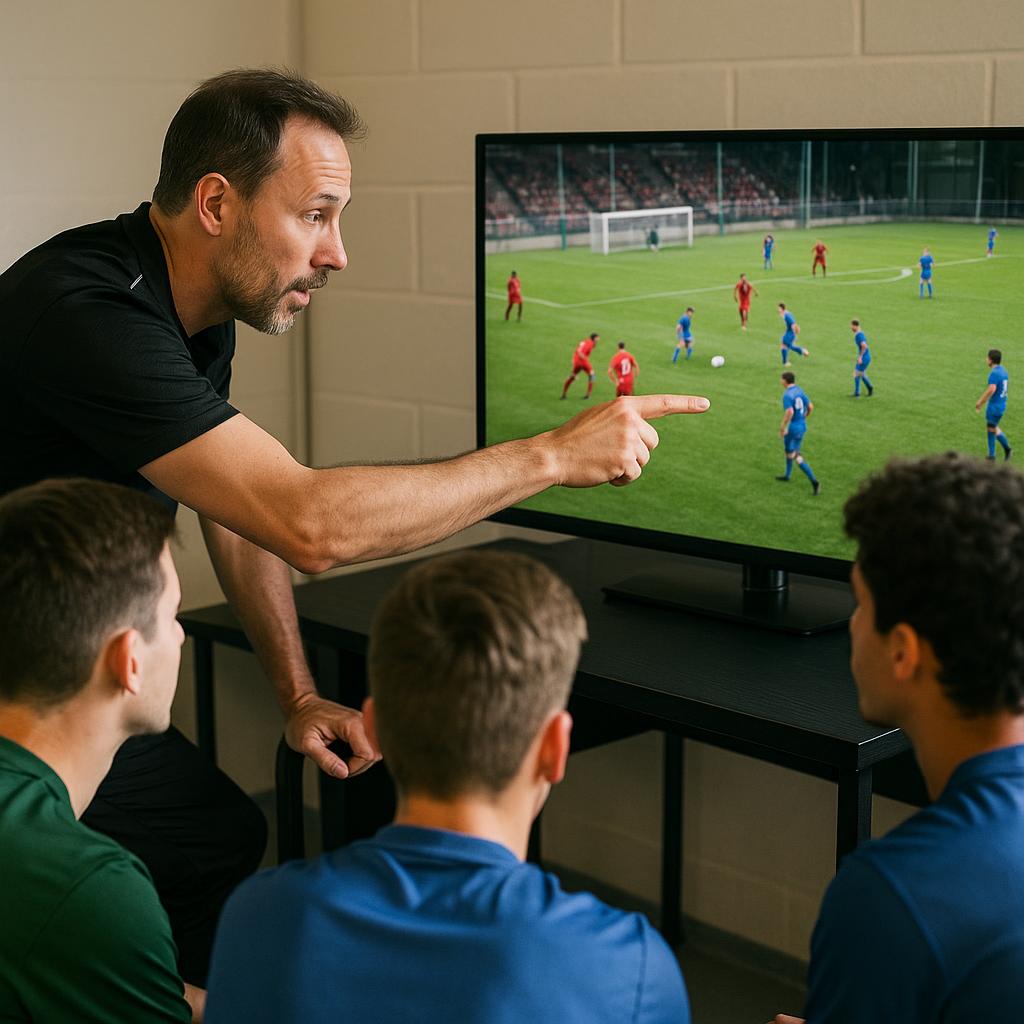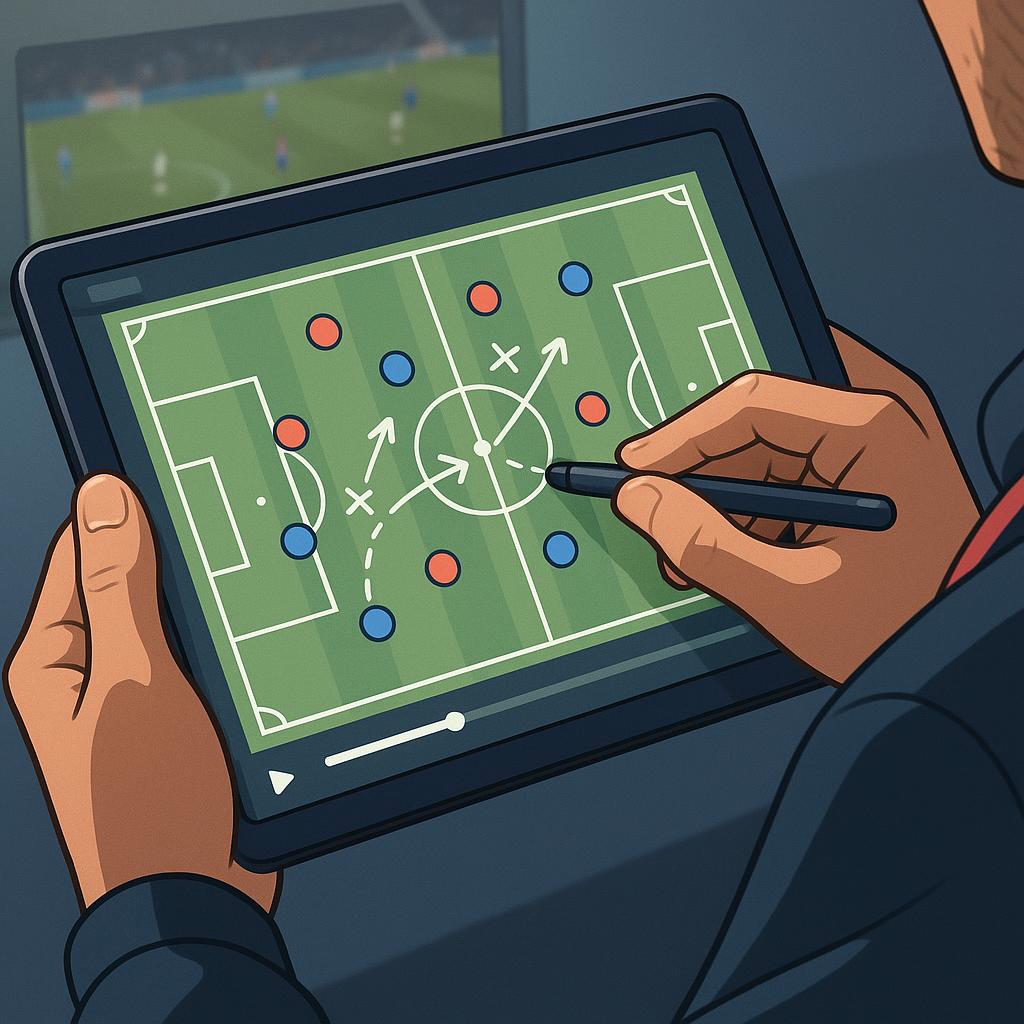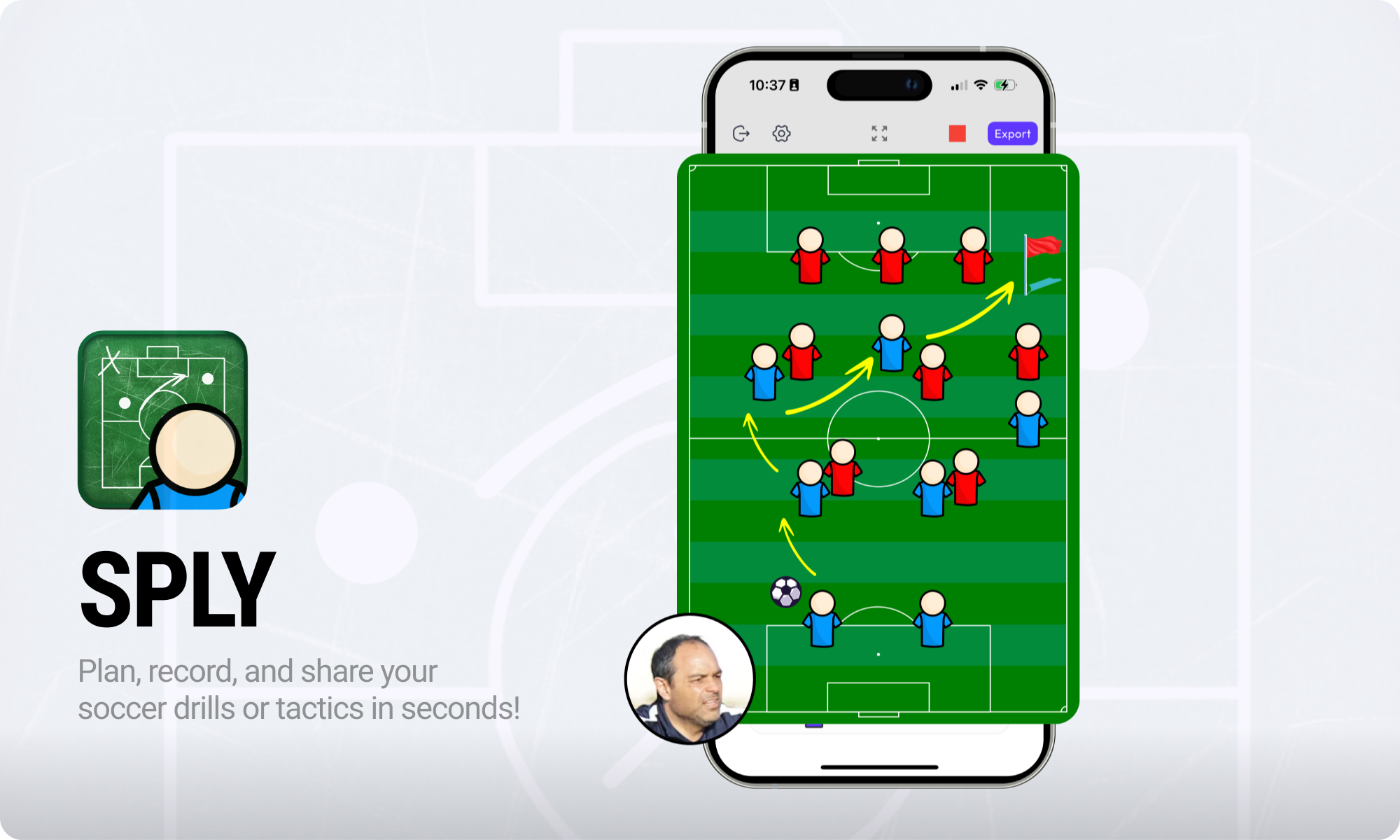Soccer is a sport loved by millions, from professional stadiums to local parks. While the elite level has long embraced cutting-edge technology, a significant shift is happening in amateur soccer. Video analysis, once a luxury, is quickly becoming a crucial tool for teams aiming to sharpen their skills and elevate their game. It offers a clear, objective window into performance, helping coaches and players understand what truly happens on the field.
The Shifting Landscape of Soccer Coaching
For decades, amateur soccer coaching largely relied on observation, instinct, and verbal instructions. A coach would stand on the sidelines, shouting commands, hoping players would grasp complex tactical concepts in the heat of the moment. This traditional approach, while passionate, has inherent limitations. It is challenging to recall every detail of a 90-minute match. A coach might miss subtle positioning errors or brilliant, unheralded runs.
Consider a scenario where a team struggles with defending set pieces. A coach might offer generic advice like, "Mark tighter!" Without visual evidence, players may not fully understand where they went wrong. This is where technology steps in. Video recording provides an undeniable, detailed record of every pass, tackle, and movement. It moves coaching from subjective intuition to objective analysis, offering a powerful new dimension to player development and tactical refinement.

Unlocking Potential: Why Video Analysis is Crucial
Video analysis provides amateur teams with insights previously only available to professionals. It serves multiple vital functions, transforming how teams learn and improve.
Pinpointing Strengths and Weaknesses
It is often difficult for players to identify their own performance gaps, or even their hidden strengths, during a fast-paced game. Video analysis makes this process straightforward. Coaches can review footage frame by frame, identifying recurring errors, such as poor decision-making in possession, defensive lapses, or ineffective runs off the ball. For instance, a player might believe they are always in position, but video could reveal they are consistently a step late in tracking back. Similarly, it can highlight positive contributions, like a defender's consistent ability to intercept passes or a midfielder's effective pressing.
This objective feedback is incredibly powerful. When a coach can show a player a specific moment, saying, "Look at your body shape here, it limits your passing options," it resonates much more than abstract criticism. It provides tangible evidence for growth.
Enhancing Tactical Understanding
Explaining complex tactical formations or intricate set-piece routines can be a challenge. Drawing on a whiteboard is helpful, but showing these concepts in action is far more effective. With video analysis, coaches can pause a clip, draw lines and arrows directly on the screen, and illustrate exactly where players should have been, or where a passing lane opened up. Imagine trying to teach an offside trap or zonal marking without showing your defenders the exact moment to step up. Video allows coaches to break down plays, highlight successful patterns, and demonstrate failed ones. This visual learning significantly improves a team's collective understanding of their strategy and roles.
Accelerating Player Development
Personalized feedback is a cornerstone of player development. Video analysis offers an unparalleled opportunity for this. Instead of a general post-match debrief, coaches can provide individual players with clips of their performance. This allows for targeted discussions about specific actions, technique, or decision-making. A striker might see why they missed an opportunity, or a goalkeeper might understand better their positioning for a save. This immediate, visual reinforcement helps players learn from their mistakes much faster and internalize new habits more effectively. It fosters self-awareness and accountability among the team members.
Strategic Preparation and Opponent Scouting
While challenging to get footage of every opponent at the amateur level, any available video can be gold. Analyzing an upcoming opponent's tendencies, their preferred attacking routes, their defensive vulnerabilities, or their set-piece routines provides a significant advantage. Coaches can use this information to tailor their team's strategy, exploit weaknesses, and prepare players for specific challenges. It transforms a game from an unknown encounter into a meticulously planned event, giving your team a crucial competitive edge.
Accessible Tools for the Amateur Coach
The good news is that sophisticated video analysis tools are no longer exclusive to professional clubs with large budgets. The rise of user-friendly technology has made these capabilities accessible to amateur teams. Many modern applications allow coaches to easily record, edit, and review footage, all from a mobile device.
These tools often include features like a board editor for drawing tactics, the ability to export to image for sharing static diagrams, and perhaps most innovatively, the power to create a video where a coach's face and voice are added to the board video while drawing or moving players. This creates an engaging, personalized instructional experience, making it feel like a one-on-one session with the coach, even from a distance. Such advancements remove technical barriers, allowing coaches to focus on the insights rather than the complexity of the software.

Implementing Video Analysis: Getting Started
Integrating video analysis into an amateur team's routine does not need to be overwhelming. Start small. Focus on one or two key areas for improvement, like defensive shape or attacking transitions. Utilize readily available recording devices, even a smartphone or tablet mounted securely can work wonders. Consistency is more important than perfection; make video review a regular part of your weekly training schedule. Encourage players to watch the footage and engage in discussions about it. This collaborative approach fosters a deeper understanding and ownership of the team's performance.
The Tangible Impact: A Game Changer
Imagine a local amateur team consistently conceding goals from counter-attacks. Despite countless drills, the issue persists. The coach decides to implement video analysis. They record games, identify specific moments where defensive transitions break down, and then review these clips with the team. They use the video to show players exactly where they were out of position, who missed a tracking run, or where communication failed. Within a few weeks, the team's awareness improves. Players start anticipating opponent moves, their defensive shape becomes more disciplined, and the number of goals conceded from counter-attacks significantly drops. This is not magic, it is the direct result of informed, objective improvement facilitated by video analysis.
Conclusion
Video analysis is rapidly transforming amateur soccer coaching. It offers an objective lens to identify strengths and weaknesses, enhances tactical understanding, accelerates player development through personalized feedback, and provides a crucial advantage in strategic preparation. It is no longer just for the pros, but a powerful, accessible tool for any serious amateur team looking to elevate its performance. If you are an amateur soccer coach looking to elevate your team's performance, tools like SPLY, an iOS app that functions as a video soccer coach board, can be incredibly valuable. It simplifies creating tactical boards, sharing drills, and even allows you to record explanations with your voice and face. Discover how technology can empower your team and take your coaching to the next level.

